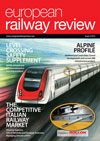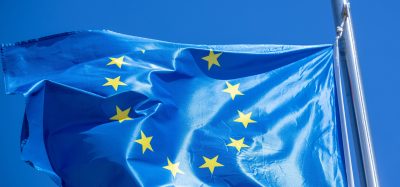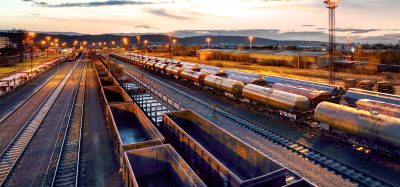Infrastructure projects are an engine for growth
Posted: 1 August 2012 | | No comments yet
As a starting point for the following considerations, I would like to choose two well-founded assumptions. Firstly, mobility is a basic prerequisite of our modern society and economy. Secondly, both passenger transport as well as cargo transport will see an increase in mobility in the years to come. The respective prognoses we have for Austria coincide with those for the EU as a whole.
Environmental and climate protection, the protection of the population against noise, particles, and exhaust gases have meanwhile become integral parts of all transport-related considerations. Therefore, I believe it is right that we have continued further development of the EU Directive on the charging of heavy goods vehicles for use on certain infrastructures which, for the first time, will include external costs such as noise and air pollution into road pricing on European roads. The new Directive is a first step towards true costs and as such provides an important contribution to an economically and ecologically sustainable transport system. Other steps must follow.


As a starting point for the following considerations, I would like to choose two well-founded assumptions. Firstly, mobility is a basic prerequisite of our modern society and economy. Secondly, both passenger transport as well as cargo transport will see an increase in mobility in the years to come. The respective prognoses we have for Austria coincide with those for the EU as a whole.
Environmental and climate protection, the protection of the population against noise, particles, and exhaust gases have meanwhile become integral parts of all transport-related considerations. Therefore, I believe it is right that we have continued further development of the EU Directive on the charging of heavy goods vehicles for use on certain infrastructures which, for the first time, will include external costs such as noise and air pollution into road pricing on European roads. The new Directive is a first step towards true costs and as such provides an important contribution to an economically and ecologically sustainable transport system. Other steps must follow.
From a strategic point-of-view, energy is one of the main pivots for any type of transport. The price rally of fuel provides us only with a preliminary taste of what is to come when the scarcity of fossil fuels will further increase. Regardless of whether we have already passed the peak of oil availability, or whether it is still in a distant future, the peak of cheap oil seems to have definitely been crossed. Energy efficiency as a criterion moves to the centre of transport policy and is connected to both climate protection considerations and solid economic reasons. Let me give you some figures for comparison: For transporting just one tonne of cargo, railways require only one tenth of the energy and therefore produce one twentieth of the CO2 emissions of trucks.
Both for transport-related energy con – sumption and CO2 emissions, we have set ourselves ambitious goals in the EU; always subject to the implicit condition that mobility must not be restricted. These goals can be achieved if we take the right decisions today. What is paramount for me is that we boost environmentally-friendly modes of transport; railways most of all. With regard to railway infrastructure, this means that the main European corridors must be converted into rapid-service, high-volume railway lines. Austria has, for many years, been investing heavily into railway infrastructure and our development plans are in line with the concept of a European core network, as introduced last autumn by the EU Commission and adopted by the EU Council of Transport Ministers.
A coordinated European infrastructure policy increases the benefits and effects of national infrastructure projects, thus creating European added value. I also deem it important that this line of thought is now also starting to prevail in the respective legislation proposals on a European level, for example, TEN co-financing funding during the next EU financial framework of 2014-2020.
One important, albeit often undervalued, aspect of public discussions, is the elimination of impediments for cross-border railway transport. This, from my point-of-view, is a key element. Even though we have seen a lot of liberalisation over the past 20 years, we have not yet come very far in terms of harmonisation.
And finally, especially in the current difficult economic situation, we must not forget that Europe needs investments into its future. Infrastructure projects are an engine for growth and employment as well as a location’s competitiveness. Meanwhile, all throughout Europe, people have come to understand that austerity alone is not enough to rekindle growth in Europe. Apart from education, research, and innovation, investment into infrastructure is a main driver of growth. As early as 2008, at the beginning of the economic crisis, still unabated even today, Austria already opted for a smart mix of austerity and investments. Today Austria boasts the lowest unemployment rate throughout the EU and consistently robust employment growth.
Conclusion
Railways will be the future backbone of transport. They are by far the most environ – mentally-friendly and safest transport mode. Considering the rising costs of fossil fuels and increasing climate problems, opting for sustainable transport modes is a matter of economic and ecological reason. A well-planned expansion of cross-border railways infra – structure equally benefits the population, the economy, and the environment.








